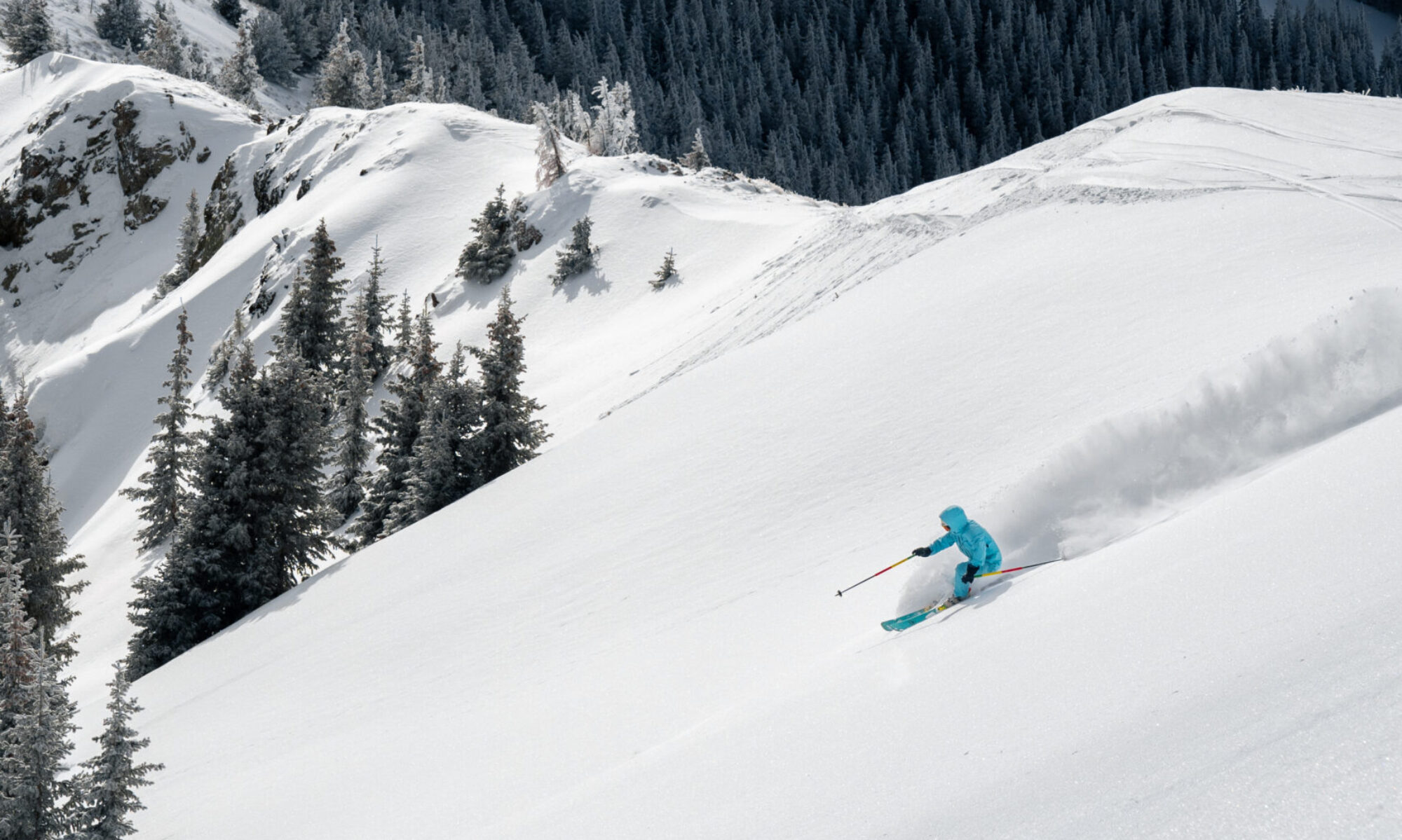Off the well-beaten path of popular Taos center sites, Ranchos de Taos is a must-see for visitors and locals alike.
by Jocelyne Kizziar

Most famously known as the location of St. Francis de Asis church and the old adobe buildings that surround the Ranchos plaza, RB Ravens Gallery sits just across the street as an ambassador of Native American and early southwest art that welcomes all to visit.
In American Indian mythology, the raven is a messenger communicating from the great beyond its secrets and knowledge of the world. RB Ravens Gallery is the embodiment of this mystical creature, inviting all who enter the chance to gain an appreciation of Native American history and culture. Here you will find an impressive collection of classic indigenous weavings, pottery, kachina dolls and Native American paintings, along with other early southwest painters.
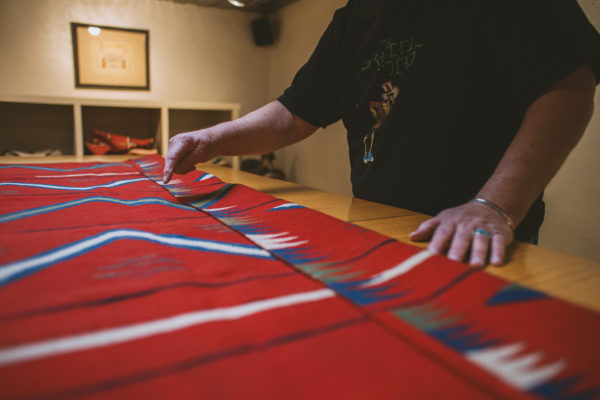
Gallery owner Ray Trotter has spent most of his life sharing his passion for the history and culture of, not only the American Indians, but of the rich multiculturalism that is Northern New Mexico. He’s a well-known staple in Ranchos and an evangelist for the village, preaching his love for its history, its people and his hopes for its future to anyone within earshot. “I can’t think of anywhere else in the world I’d rather be,” Trotter says of his beloved Ranchos.
If anyone has earned the right to be the steward of these historic treasures, it’s Trotter. His first visits to the Taos area in the early 1970s proved to be insufficient and he finally settled in Ranchos de Taos in 1980. What began as a pastime buying and trading Indian saddle blankets with museums, galleries and a cowboy or two has accumulated into a 40-plus-year career of bringing these wares to the public. He has become one of the most knowledgeable art historians in his field with the noble goal of creating “a greater consciousness of Native Americans and their artistic mediums.”

Located at the corner of Highway 68 and State Road 240, the first impression of the gallery is a mural found on the northern exterior wall that is a work of art in its own right. It was painted by renowned artist Mary Iron Eyes (1943-2003) and depicts children playing in a field of corn under the watchful eye of San Isidro, the patron saint of peasants and laborers.
The gallery is accessed through a gate that leads to an ample parking lot (a luxury here in Taos). As you walk through the door, a pleasant jingle of bells announces your arrival into 2,500 square feet of well-appointed gallery space. Vividly colored textiles and paintings hang upon white adobe walls that are lit from above by skylights tucked in between grey washed vigas. The space is modern and welcoming ― everywhere your eyes fall is a new delight to explore.
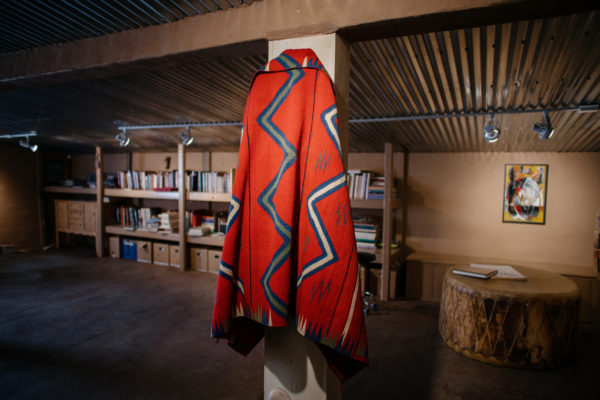
“Everything in here has a story,” Trotter says in his East Texas drawl. That includes the beautiful handmade and antique benches on which guests can sit and view the artwork. Over the jazz music drifting through the room and the creakings of the wooden floor is Trotter’s booming voice narrating.
On display at the gallery are beautiful landscape paintings by well-known Taos figures such as Albert Looking Elk (1888-1940) and Albert Lujan (1892-1948), modern abstracts by Tesuque artist Patrick Swazo Hinds (1929-1974) and electrifying works from Don Bailey, a current Hupa Indian painter from the west coast.
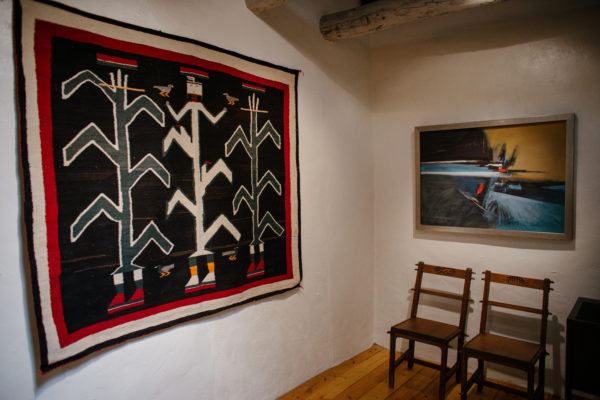
These paintings communicate a way of life, what they ate, how they farmed, raised their children, their ceremonies,” Trotter said. And though the imagery may have changed, Trotter thinks the modern artists carry on that tradition from their ancestors.
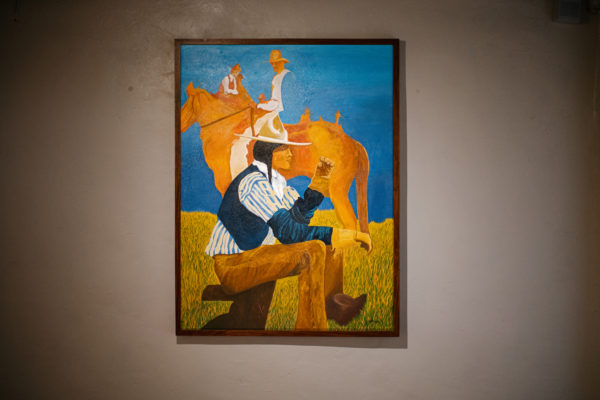
But the biggest draw to the gallery are the textiles created by unknown hands in the last one to two hundred years. Among RB Ravens Gallery’s most exciting offerings are the Navajo wearing blankets, saddle blankets and rugs that Trotter has amassed from collectors and surrounding pueblos. Their makers were not only expert craftsmen and colorists but mathematicians and stewards of the land as well.
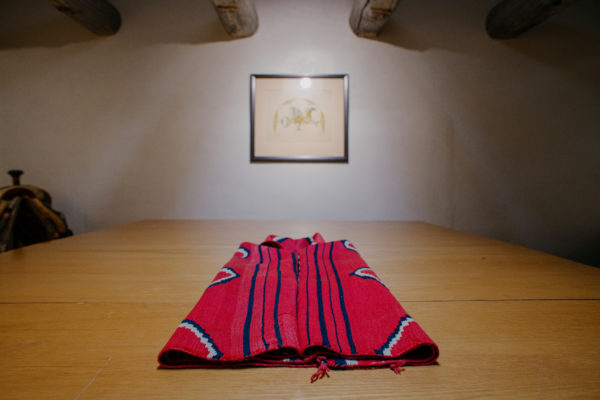
RB Ravens Gallery continues to be an agent of American Indian art by lovingly handling and displaying these wares with the respect they deserve. In August of this year, as in many years past, the gallery will hold the Deceased Indian Artists exhibit to showcase those storytellers that have left their message for this world.
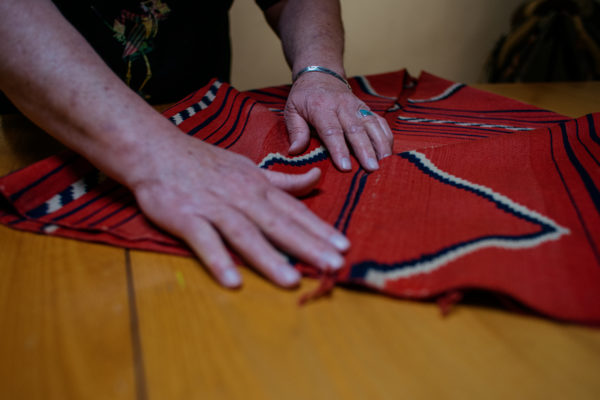
“I think we are good messengers,” Trotter said of his gallery. “We know our art and our artists, and we’ve turned a lot of people on to a new art form that they never imagined being around before,” he added regarding the pre-1930 weavings and pottery they house.
RB Ravens Gallery is open from 10 a.m. to 4 p.m. Monday through Saturday and is ready to welcome summer visitors looking for a glimpse of the past and a peek at the future of American Indian art.

